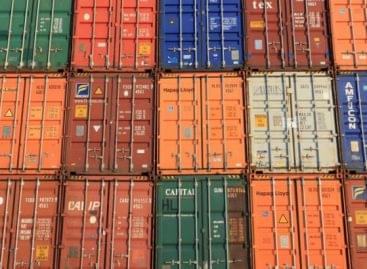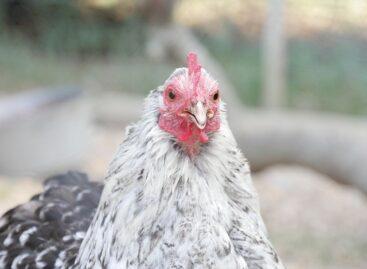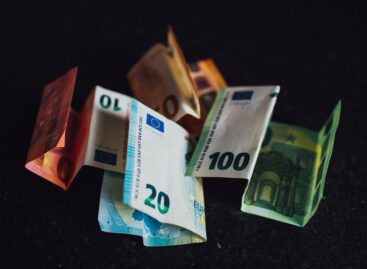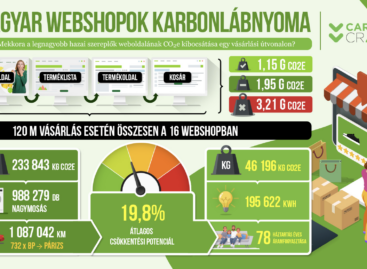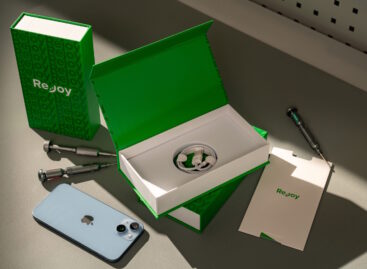Destination: Iran!
Iran is the biggest country in the Middle East (its territory is 1,648,195km²) with a population of 82.2 million. The size of irrigated land is bigger than Hungary: 95,000km². Iran’s per capita GDP is USD 18,100 and agriculture’s contribution to this is 9.1 percent. The agri-food sector employs 16.3 percent of the active population. Although the level of inflation decreased to 8 percent in 2016, back in 2015 it was 13.7 percent. Political stability, the low level of indebtedness and the large number of consumers (there are 29 million people working in Iran) make the country – which is rich in minerals and energy resources – a popular destination for investors.
With the easing of trade restrictions, Iran’s economic diplomacy has started establishing ties with foreign partners. For instance France’s Minister of Agriculture and the representatives of many French businesses already paid a visit to Teheran in September 2015, before the embargo was lifted. On 28 January 2016 Iran and France signed a bilateral agri-trade agreement. Taking a closer look at his agreement we can see that the French plan for the long term in Iran, because they know: foreign politics should be influenced by economic interests and not the other way round. At the moment the European Union has no trade agreement with Iran.
What does Hungary export to Iran? Various cereal crops (mainly corn seed), frozen and dried vegetables, sugar and confectionery products, and oilseeds (mostly rapeseed). Hungary’s agri-food export to Iran started to increase in 2010, when the government started implementing the policy of ‘Eastern Opening’. Data from January-November 2016 show that our agri-food export to Iran increased by 30 percent. The biggest item was the EUR 1.3 million (1,516 tons) frozen vegetable export. Our corn seed export was also of considerable size at EUR 897,000 and 400 tons.
We sold food products in the value of EUR 741,000 (a 10-percent increase). In value Hungary’s corn export to Iran got almost 10 times bigger from one year to another, while in volume it became 8.4 times bigger. Our rapeseed export doubled in value and increased by 62 percent in volume. Hungary’s dietary supplement and food additive rose 10 percent in value and augmented by 29 percent in volume. From Iran we mainly import grapes, melon and dates.
In the last 15 years our trade balance with Iran was only positive in 2011, 2014 and 2016. More than 90 percent of our import is fruits and the rest is vegetables. All in all, we can say that Hungarian companies have excellent chances in the Iranian market. The country’s economy is ahead of a boom and Iran could use Hungarian expertise and technology in many sectors. According to the CEO of the Hungarian National Trading House (MNKH), Hungarian business could star cooperating with Iranian partners in agriculture, the pharmaceutical industry, the automotive industry, building and construction, the food industry, renewable energy, water management, info-communication and education.
Related news
Hungarian exports are gaining new momentum: medium-sized companies are increasingly managing exchange rate risk and opening up to new markets
🎧 Hallgasd a cikket: Lejátszás Szünet Folytatás Leállítás Nyelv: Auto…
Read more >KSH: the foreign trade surplus in goods was 713 million euros in October; the volume of exports was 3.1 percent lower, and that of imports was 1.1 percent higher than in the same period of the previous year
🎧 Hallgasd a cikket: Lejátszás Szünet Folytatás Leállítás Nyelv: Auto…
Read more >Poultry meat exports increased, pork exports decreased
🎧 Hallgasd a cikket: Lejátszás Szünet Folytatás Leállítás Nyelv: Auto…
Read more >Related news
Investment dumping is coming in the food industry
🎧 Hallgasd a cikket: Lejátszás Szünet Folytatás Leállítás Nyelv: Auto…
Read more >It turns out which online food ordering platform websites are the most sustainable
🎧 Hallgasd a cikket: Lejátszás Szünet Folytatás Leállítás Nyelv: Auto…
Read more >Customers are also looking for the record-breaking iPhones in refurbished versions
🎧 Hallgasd a cikket: Lejátszás Szünet Folytatás Leállítás Nyelv: Auto…
Read more >

